Useful Information
Sofia is the capital of Bulgaria and one of the oldest capitals in Europe. The city combines the past and present. Historic landmarks include the Boyana church of the tenth century (one of the UNESCO World Heritage Site), the largest Orthodox cathedral on the Balkans - the cathedral "St. Alexander Nevski", the Rotonda of "St. George", the early Byzantine church of "St. Sofia", The Banya Bashi mosque and the Sofia synagogue, the amphitheater of the ancient city of III - IV in - only in the Balkans and only 10 meters smaller than the Colosseum in Rome. Besides its rich history, and Sofia is the major business, educational and cultural center of Bulgaria. Here is the National Palace of Culture (NDK) - the largest cultural and congress center in southeastern Europe. There are 16 universities, including the Sofia University "St. Kliment Ohridski", founded in 1888
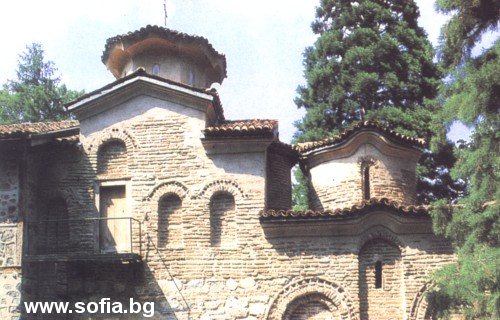 |
Boyana Church |
|
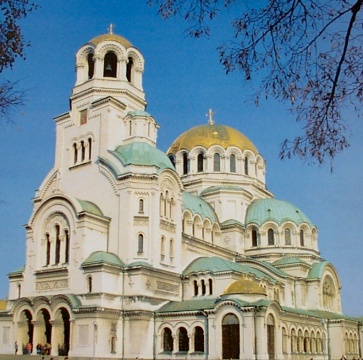 |
Memorial Church "Alexander Nevski" Open for visitors: 07:00 h - 19:00 h |
|
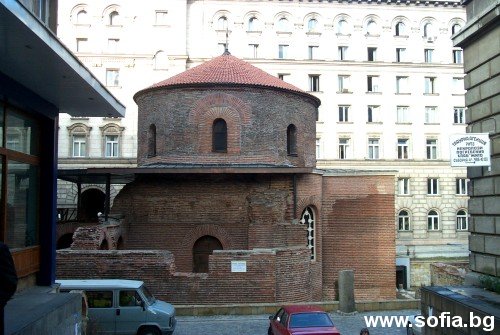 |
Rotonda "Sveti Georgi" |
|
 |
Sofia Synagogue |
|
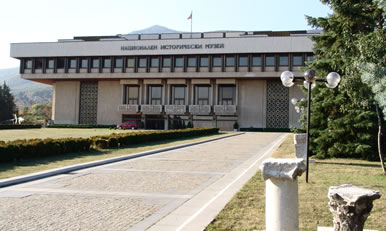 |
National Museum of History Open for visitors: 09:30 h - 15:30 h |
|
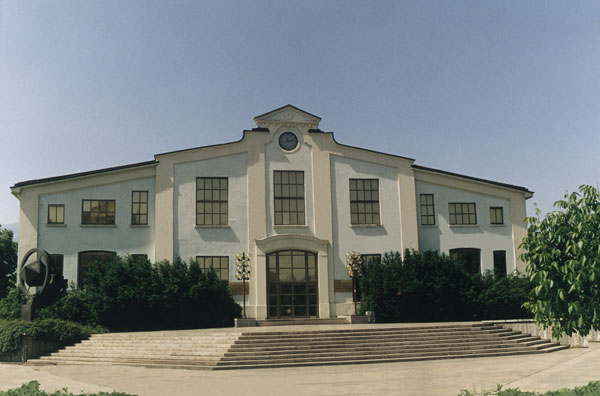 |
National Museum "Zemyata i horata" Open for visitors: 10:00 - 18:00 |
|
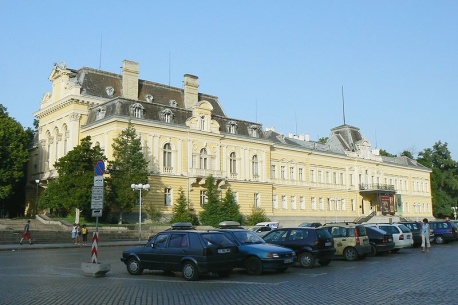 |
Etonographic Museum Open for visitors: 10:00 - 18:00 |
|
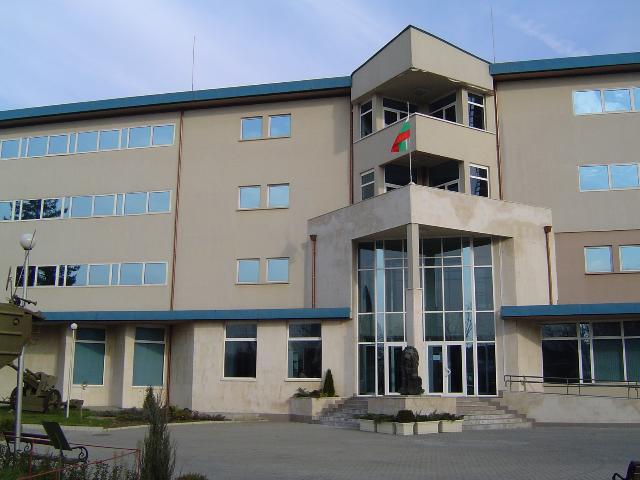 |
National Museum of Military History Street "Cherkovna" 92 |
|
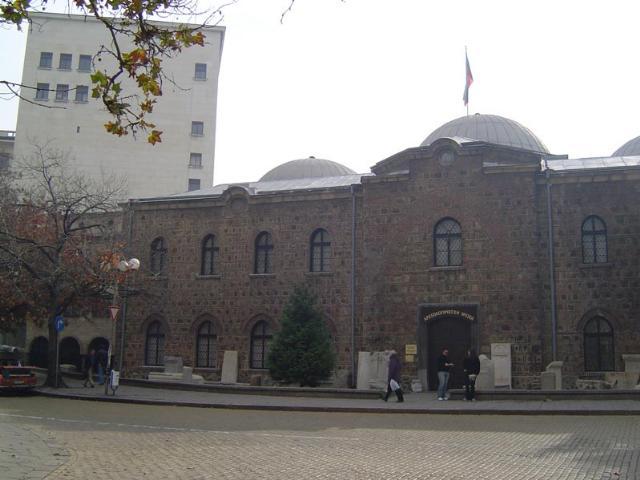 |
National Archaeological Museum |
|
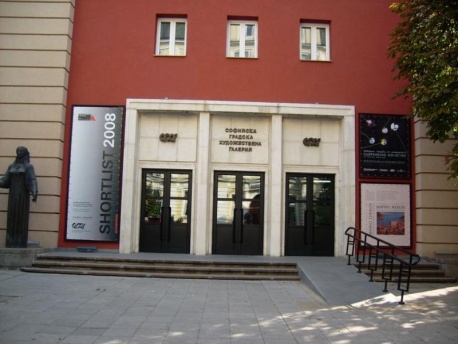 |
Sofia City Art Gallery Open for visitors: 10:00 - 18:00 |
|
 |
National Art Gallery Open for visitors: 10:00 - 18:00 |
|
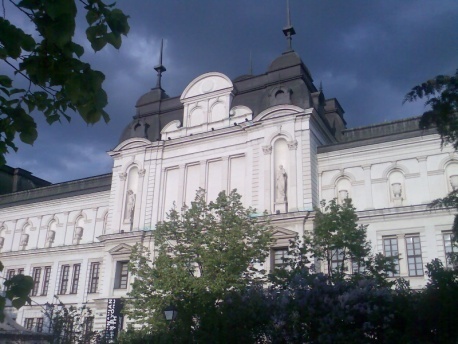 |
National Gallery for Foreign Art Open for visitors: 11:00 am - 18:00 pm |
|
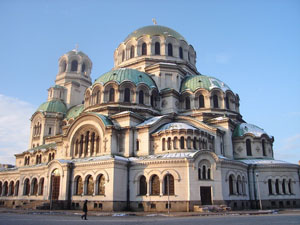 |
Icon Gallery |
Location: Western Bulgaria
Population: 2,000,000 residents
Religion: 95% Orthodox, 5% Muslims, Jews and others.
Timezone: GMT +2 (GMT +3 from the last Sunday in March to last Sunday in October)
Electricity: 220 V , 50 Hz; double plug
average January temperature: - 2° C (28.5° F)
Average July temperature: 22° C (71.5° F)
Average precipitation: 645 mm (25.4 inches)










